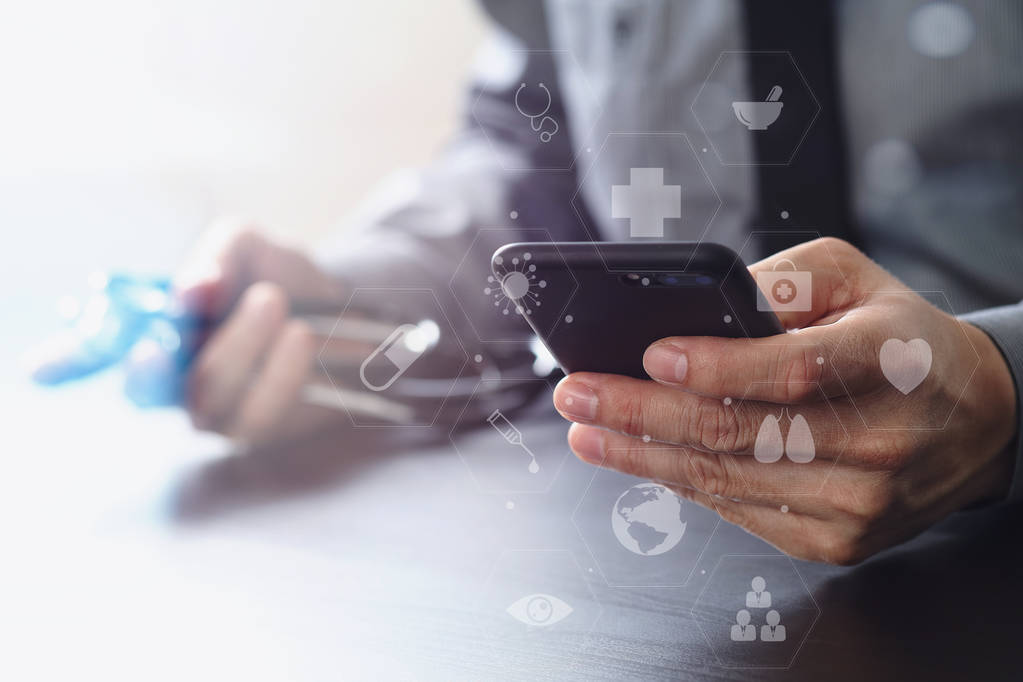In recent years, the healthcare industry has witnessed significant advancements in technology, resulting in new and innovative approaches to delivering medical care. One such groundbreaking development is Mobile Integrated Healthcare (MIH), a comprehensive and patient-centered model that brings medical services directly to individuals in need. By leveraging mobile platforms and advanced technologies, MIH is revolutionizing the way healthcare is provided, offering accessible, efficient, and convenient solutions for patients worldwide.

Understanding Mobile Integrated Healthcare:
Mobile Integrated Healthcare, also known as Community Paramedicine or Mobile Health, encompasses a range of healthcare services provided outside traditional clinical settings. Through the use of mobile units and telecommunication technologies, healthcare professionals can extend their reach and bring medical care directly to patients’ homes, workplaces, or other community settings. The primary goal of MIH is to improve patient outcomes, enhance patient experience, and reduce healthcare costs by preventing unnecessary emergency department visits and hospital admissions.
Components of Mobile Integrated Healthcare:
- Mobile Units and Telemedicine: MIH programs often employ specially equipped mobile units that serve as mini-clinics on wheels. These units are equipped with essential medical equipment and technology, allowing healthcare providers to offer a wide range of services, including physical examinations, diagnostic tests, minor procedures, and vaccinations. Telemedicine plays a vital role in MIH, enabling healthcare professionals to conduct remote consultations, monitor patients’ health conditions, and provide real-time medical advice using video calls or other communication platforms.
- Community Outreach: MIH programs are designed to actively engage with the community and identify individuals who may benefit from their services. By collaborating with local organizations, community leaders, and social service agencies, MIH teams can target vulnerable populations, such as the elderly, chronically ill, and those with limited access to healthcare. Through proactive outreach efforts, MIH programs aim to bridge the gap between patients and healthcare, ensuring that medical services reach those most need them.
Benefits of Mobile Integrated Healthcare:
- Improved Access to Care: MIH eliminates geographical barriers and brings healthcare services directly to patient’s doorsteps. This is particularly beneficial for individuals residing in rural or underserved areas with limited access to medical facilities. By providing care in the community, MIH programs ensure that patients receive timely interventions, preventive care, and chronic disease management, reducing the need for emergency services and hospitalizations.
- Enhanced Patient Experience: Traditional healthcare settings can often be intimidating and overwhelming for patients. MIH programs offer a more patient-centered approach, where individuals receive care in a familiar and comfortable environment. This personalized care leads to increased patient satisfaction and engagement, fostering a stronger patient-provider relationship.
- Cost Savings: MIH has demonstrated the potential for significant cost savings in healthcare. By preventing unnecessary emergency department visits and hospital admissions, MIH programs help reduce the burden on healthcare systems and decrease overall healthcare costs. Additionally, early detection and management of chronic diseases through MIH interventions can lead to substantial long-term savings by avoiding expensive complications.
- Population Health Management: Mobile Integrated Healthcare focuses on preventive care and population health management. By delivering preventive services, health education, and chronic disease management in the community, MIH programs can identify and address health disparities, promote healthy behaviors, and improve the overall health outcomes of the population.
Challenges and Future Directions:
While Mobile Integrated Healthcare holds tremendous promise, it also faces particular challenges. These include financial sustainability, legal and regulatory barriers, interoperability of electronic health records, and workforce training. However, ongoing research, technological advancements, and collaborative efforts between healthcare organizations, policymakers, and regulatory bodies are gradually addressing these challenges and expanding the scope of MIH.
Looking ahead, the future of Mobile Integrated Healthcare appears promising. As the adoption of telemedicine continues to grow, and mobile technologies become more advanced and affordable, MIH programs will likely become more widespread and integrated into standard healthcare practices. Integrating artificial intelligence, remote monitoring devices, and predictive analytics will further enhance the capabilities of MIH, enabling more precise diagnosis, personalized treatment plans, and better patient outcomes.

Mobile Integrated Healthcare is transforming the way healthcare is delivered by bringing medical services directly to patients’ communities. With its focus on accessibility, convenience, and patient-centered care, MIH is improving access to healthcare, enhancing patient experience, and reducing healthcare costs. As this innovative model continues to evolve and overcome challenges, Mobile Integrated Healthcare holds the potential to revolutionize healthcare delivery, making quality medical care accessible to all, regardless of geographical location or socioeconomic status.
Learn more at Wiki as well.
